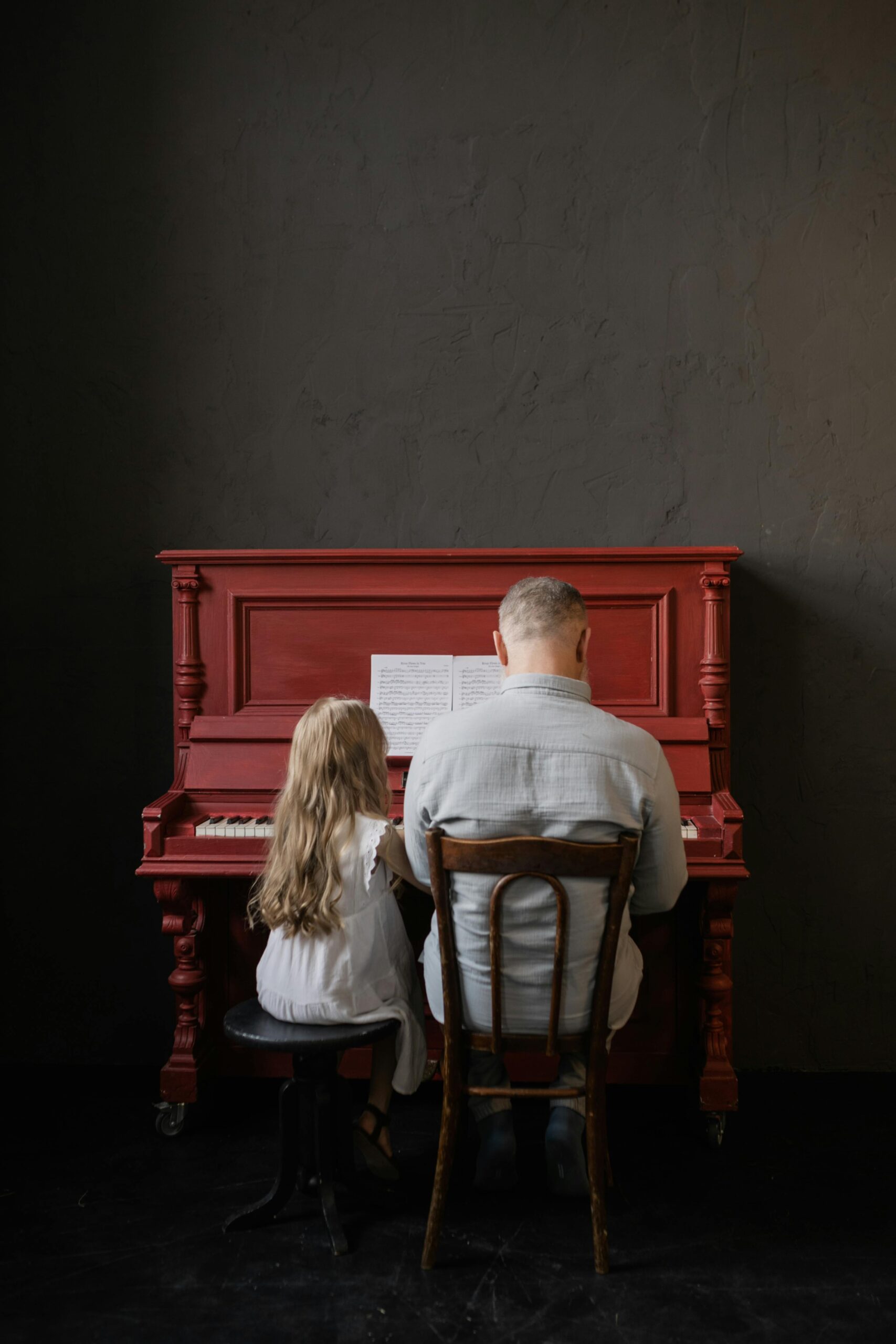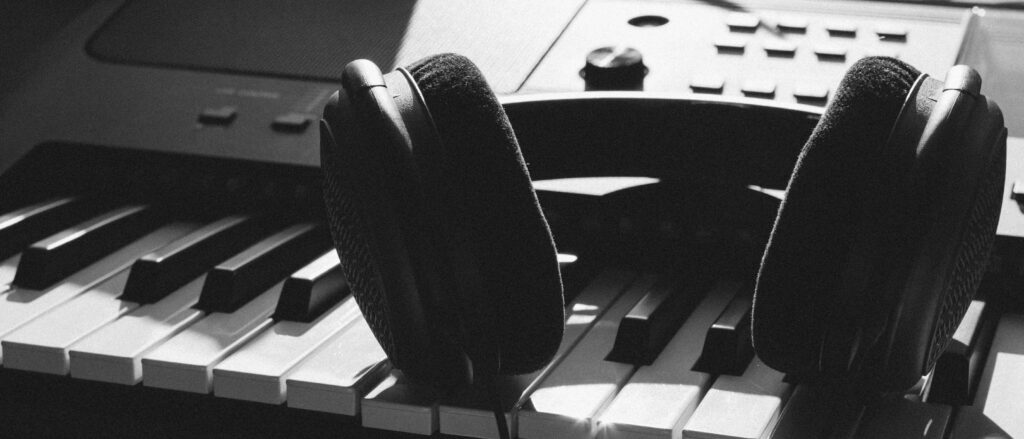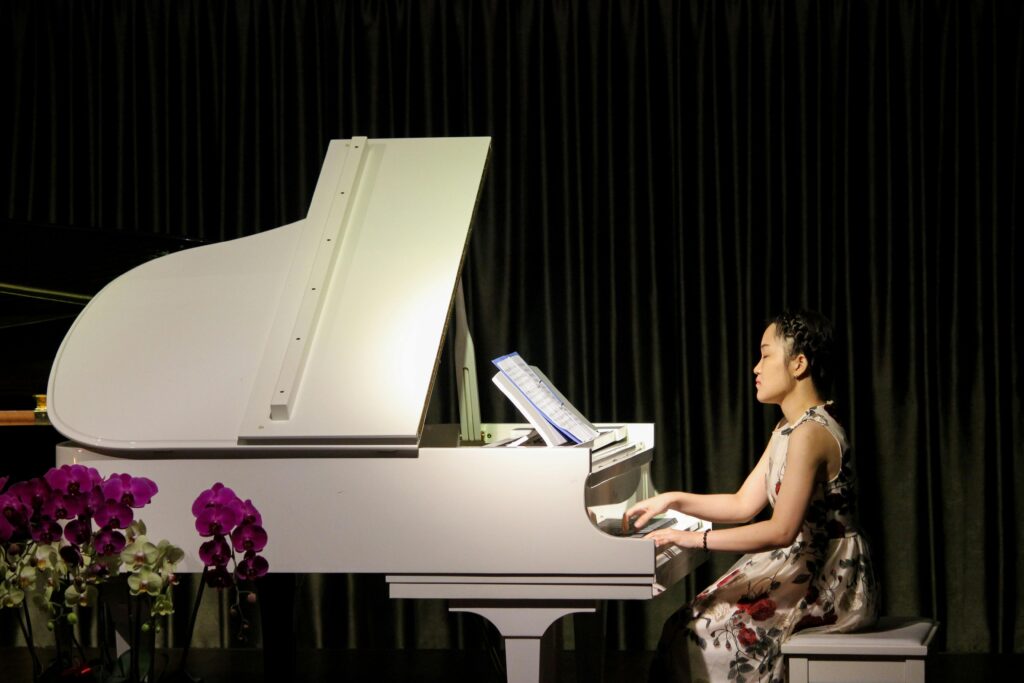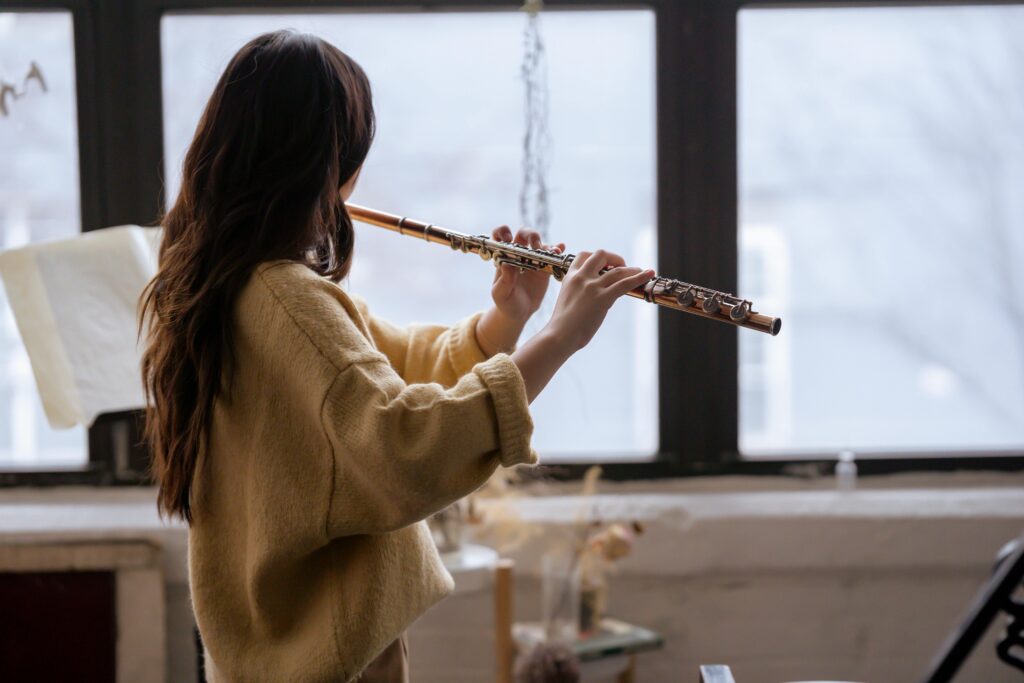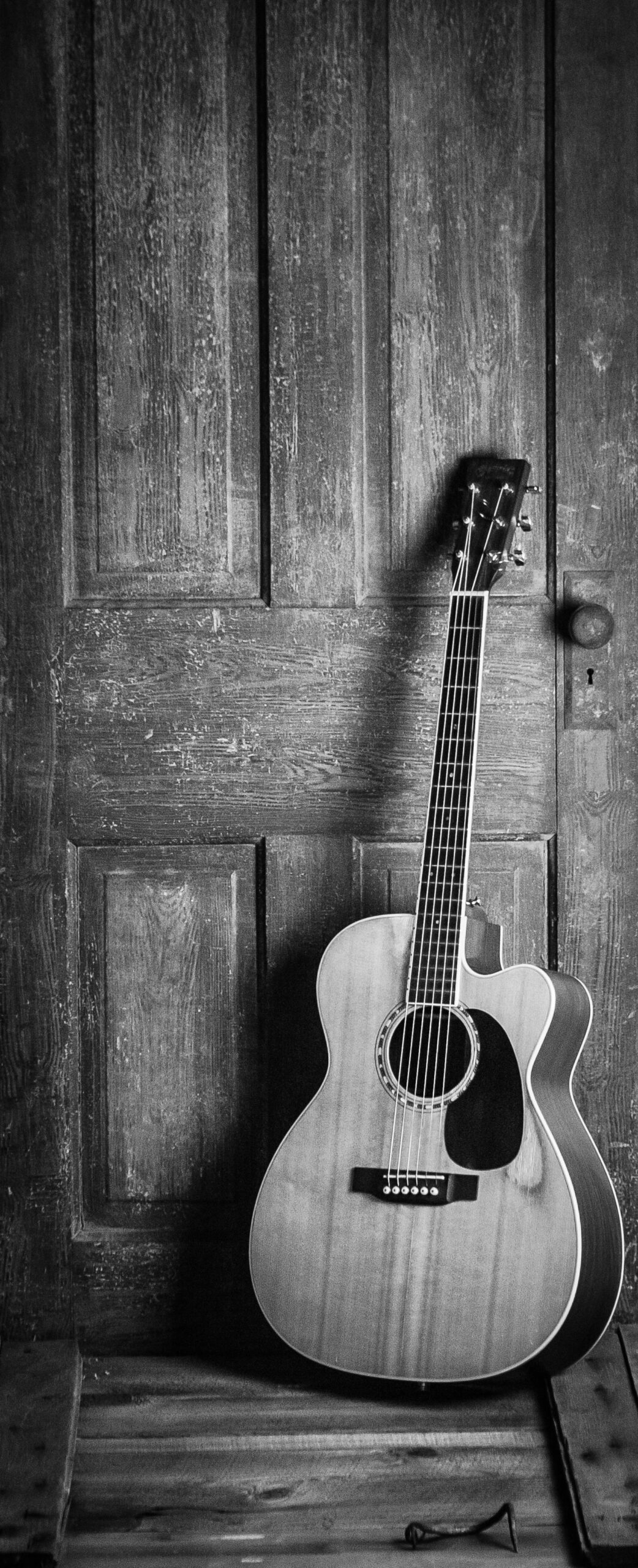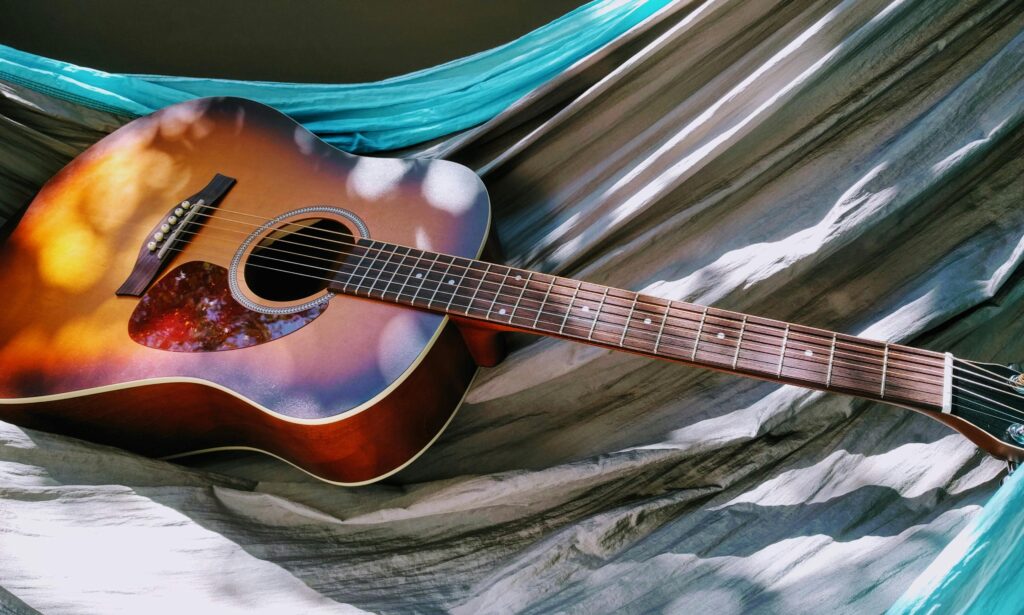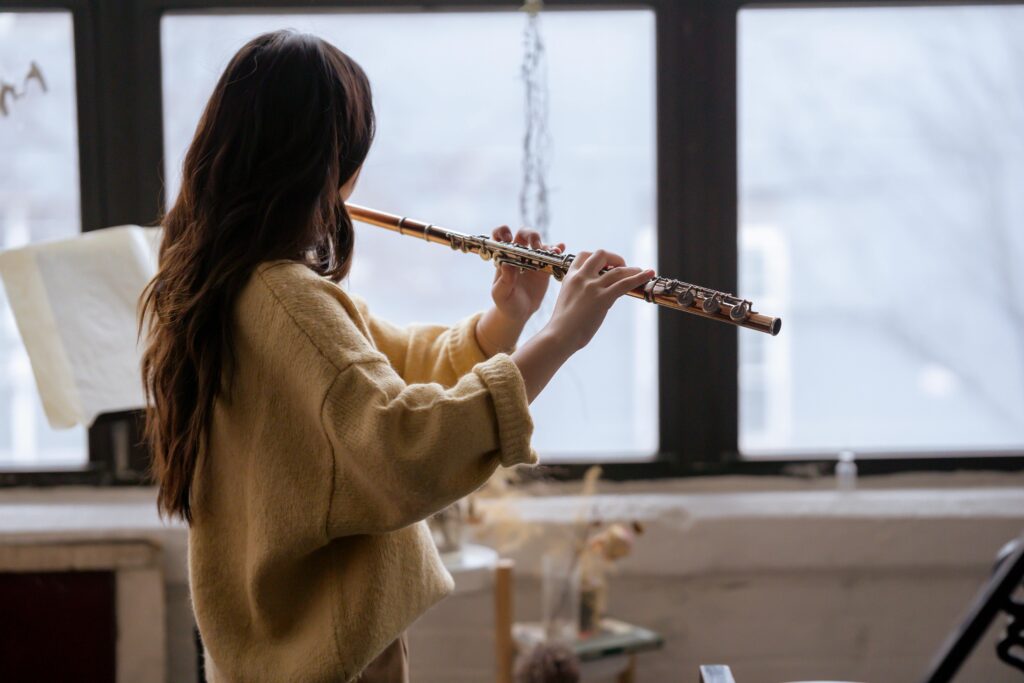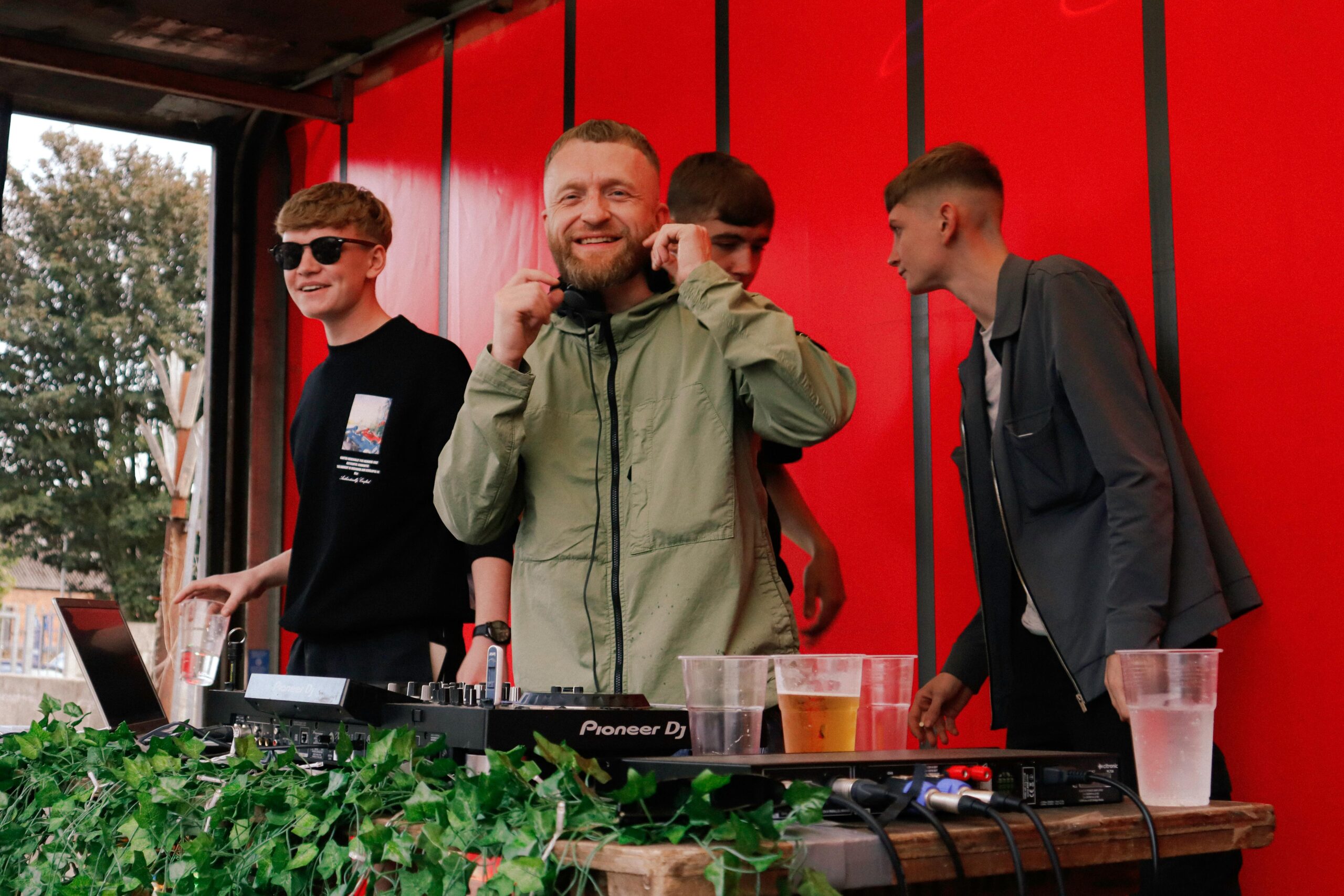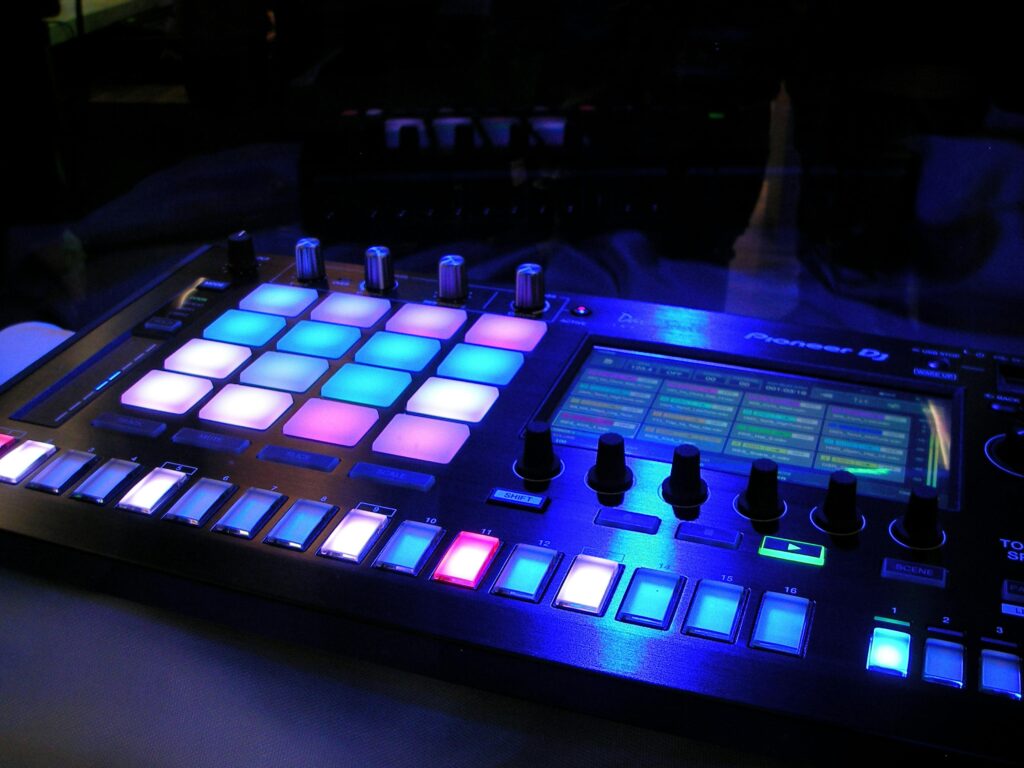The Korg microKORG 2: A Retro Revival Reimagined for the Modern Musician (Review)
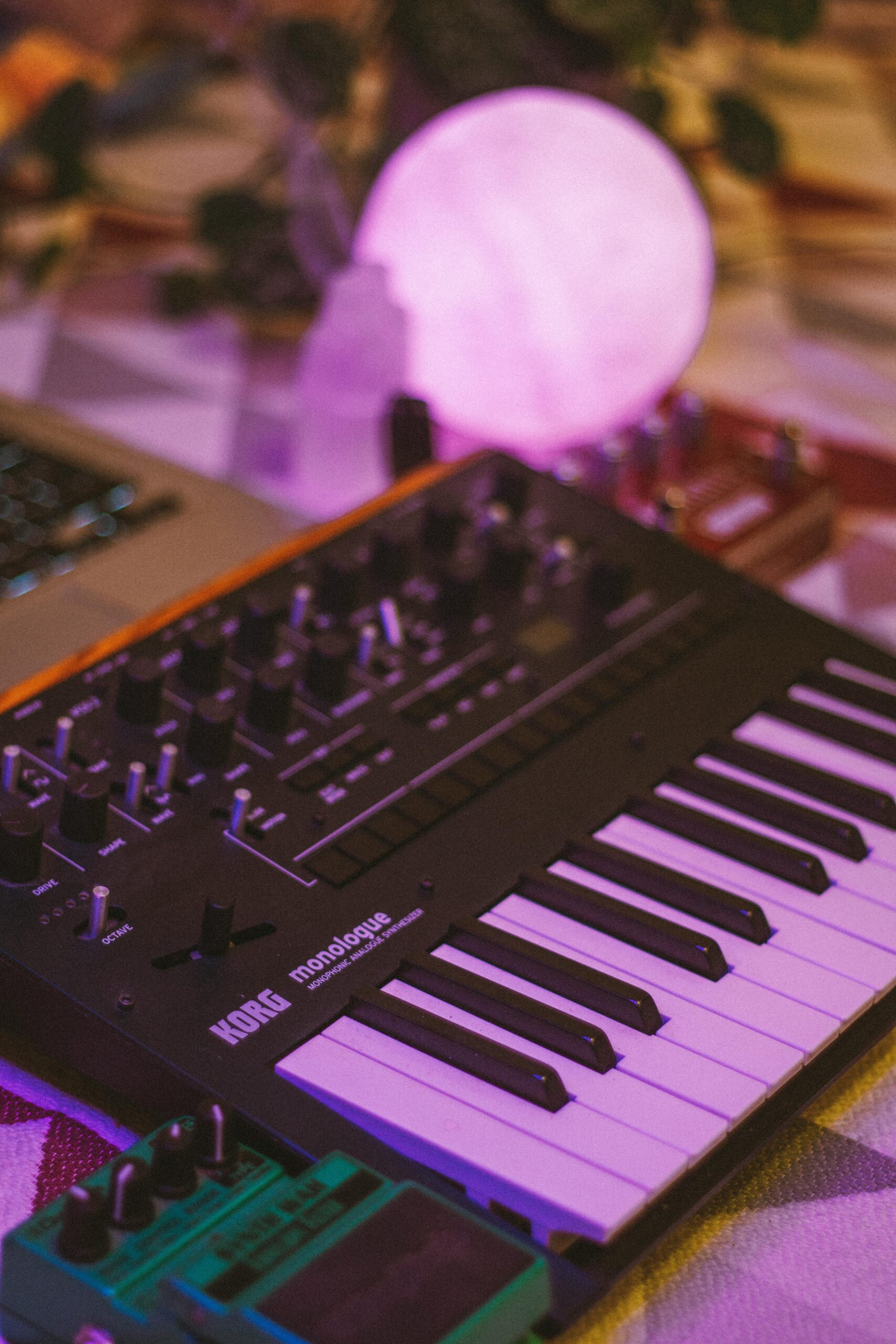
Remember the Korg microKORG? That iconic, versatile synth that graced countless studios and stages in the early 2000s? Well, in 2024, Korg brought it roaring back with the aptly named microKORG 2. But is it simply a nostalgia play, or does it offer something truly new for the modern musician? Buckle up, synth enthusiasts, because we’re diving deep into this feature-packed pocket powerhouse.
First Impressions:
The microKORG 2 retains the classic microKORG design, albeit with a sleek, modern black and purple makeover. The familiar layout is intuitive and inviting, even for those unfamiliar with the original. Knobs feel sturdy and responsive, and the addition of dedicated buttons for key functions streamlines workflow.
Powerhouse Under the Hood:
Where the original microKORG shone, the microKORG 2 obliterates. Korg packed this little synth with a monstrous sound engine, boasting a massive library of new waveforms, including vintage analog emulations and cutting-edge digital textures. The onboard effects processor is equally impressive, offering a vast array of studio-grade reverbs, delays, distortions, and more. Gone are the limitations of the past – the microKORG 2 is a sonic chameleon, capable of crafting anything from classic synth leads to lush pads and pulsating basses.
Modern Connectivity:
Korg understands the needs of today’s musicians. The microKORG 2 boasts a plethora of modern connectivity options, including USB-C for seamless integration with computers and tablets, a dedicated headphone jack, and even a microphone input with onboard vocoder capabilities. This opens up a world of creative possibilities for producers, performers, and sound designers alike.
A Sequencer for the Future:
The original microKORG’s sequencer was a beloved feature. The microKORG 2 takes it a step further, offering an intuitive pattern sequencer with expanded functionality. Create complex rhythms, chain patterns, and even automate parameters – all within the compact confines of the microKORG 2. This makes it a perfect tool for sketching out song ideas, live improvisation, or even creating full productions on the go.
The Verdict:
The Korg microKORG 2 is more than just a nostalgic throwback. It’s a powerful, versatile synth that caters to the needs of modern musicians across all genres. With its intuitive interface, expansive sound library, and modern connectivity options, the microKORG 2 is an excellent choice for beginners and seasoned musicians alike. Whether you’re a synth enthusiast looking for a compact powerhouse or a producer seeking a versatile sound design tool, the Korg microKORG 2 deserves a prominent place in your musical arsenal.

